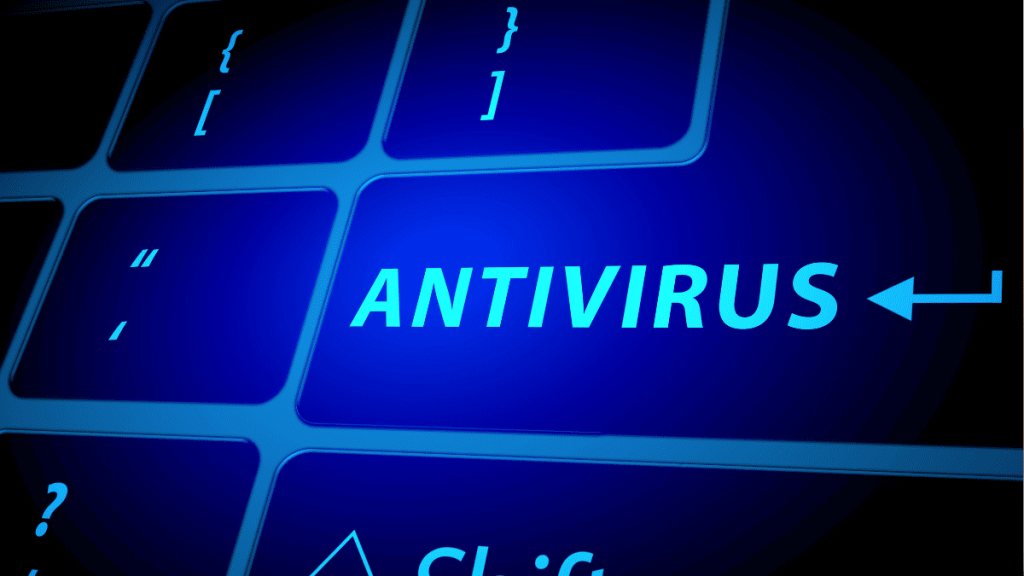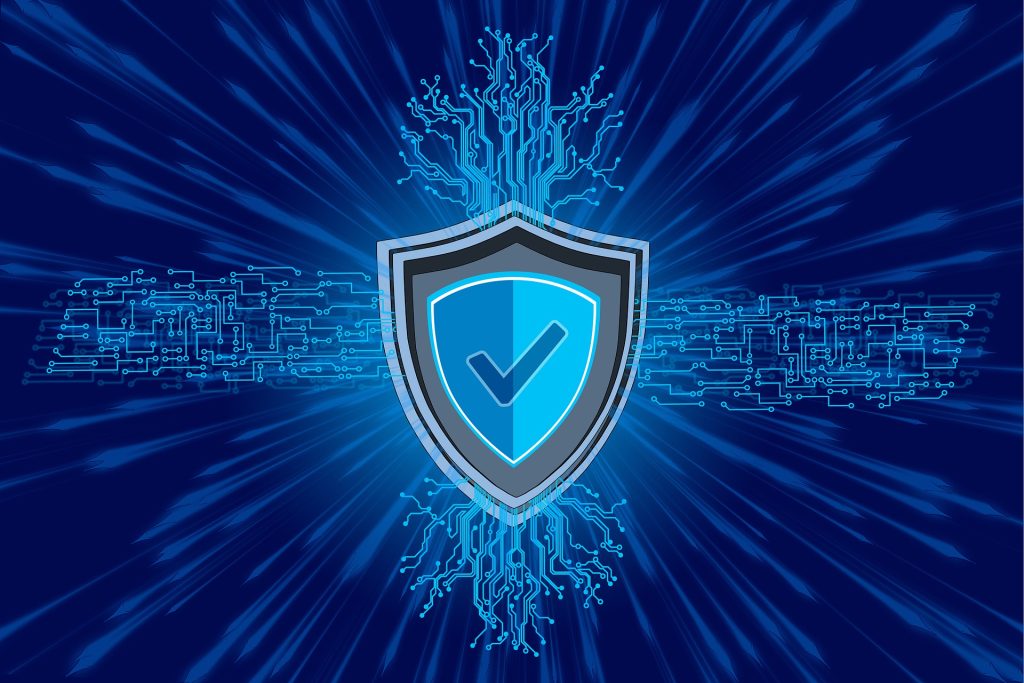3 Ways to Check If Your Antivirus Is Really Working

You installed antivirus software and assumed you’re protected? You might be wrong. “3 ways to check if your antivirus is really working” is the quick guide that will reveal whether your protection is active or just a false sense of security. Don’t wait for an infection to find out your digital shield has failed!
1. Test with the EICAR File
The gold standard for antivirus testing is called EICAR. This harmless file is recognized by all security programs as a “simulated threat.”
How to do it:
- Download the test file from the official EICAR website
- Save it to your computer
- Your antivirus should block the download or alert you immediately
Result: If it doesn’t detect it, there are serious issues with your protection.
2. Check Real-Time Activity
An active antivirus isn’t just an icon in your system tray—it should show constant activity:
- Open Task Manager (check background processes)
- Look for recent automatic updates
- Try accessing a known malicious site (e.g., Google’s Transparency Report test)
⚠ Warning: If your antivirus’s CPU/memory usage is always at 0%, something’s wrong.
3. Simulate an Attack with Professional Tools
For advanced users, tools like AMTSO offer full security tests:
- Simulated phishing attacks
- Ransomware protection checks
- Real-time detection analysis
💡 Tip: Many antivirus vendors provide testing tools on their official websites.
Quick Checklist: Does Your Antivirus Pass the Test?
✅ Detects the EICAR file immediately
✅ Shows constant activity in Task Manager
✅ Blocks known malicious websites
✅ Updates automatically (last update within 7 days)
✅ Reacts to suspicious files copied to a USB drive
Conclusion: Don’t Trust—Verify!

Back to the original question: “3 ways to check if your antivirus is really working” aren’t just suggestions—they’re essential steps. In short, an inactive antivirus is worse than none because it gives false confidence.
🔁 Repeat these tests every 3 months. Remember: In digital security, prevention isn’t paranoia—it’s intelligence. Your future self will thank you!
